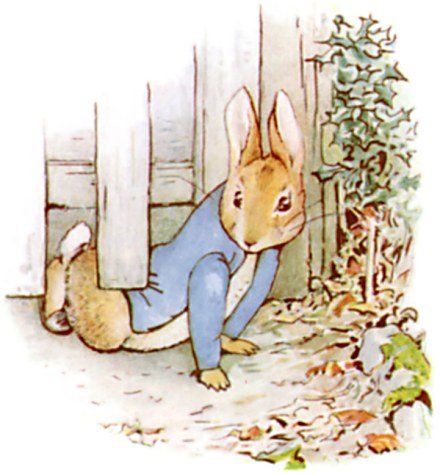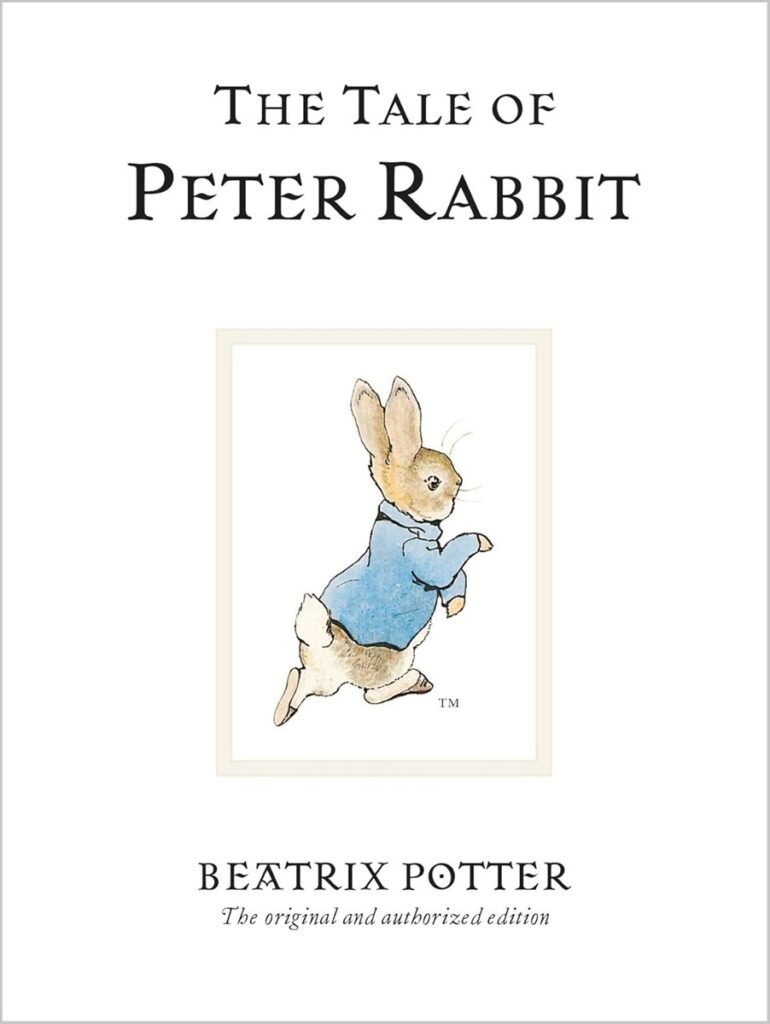Your cart is currently empty!
Beatrix Potter’s The Tale of Peter Rabbit follows the mischievous Peter as he sneaks into Mr. McGregor’s garden, leading to adventure, danger, and lessons in responsibility. This literature guide includes engaging comprehension questions, vocabulary practice, creative writing prompts, and activities that connect story themes to character development and decision-making. With resources aligned to Common Core standards, teachers will find flexible tools for building reading skills and fostering critical thinking. Suitable for Kindergarten through Grade 3, this guide makes a timeless classic accessible and enriching.

| Title | The Tale of Peter Rabbit |
| Author | Beatrix Potter |
| Year Published | 1902 |
| Suitable Grade Level | Kindergarten – Grade 3 (ages 5–8). Useful for early literacy, guided reading, and thematic lessons. |
| Key Themes | – Curiosity and disobedience: Exploring consequences of not following rules. – Responsibility: Learning from mistakes. – Family and safety: Emphasis on nurturing, guidance, and protection. – Temptation and self-control: Balancing desire and wisdom. |
| Literary Elements | – Characters: Peter, Flopsy, Mopsy, Cottontail, Mrs. Rabbit, Mr. McGregor. – Setting: Mr. McGregor’s garden and the rabbits’ home. – Conflict: Peter’s disobedience creates external danger and internal fear. – Plot Structure: Introduction → Peter’s disobedience → Chase/Conflict → Escape → Return home and lesson learned. – Tone: Gentle, whimsical, yet cautionary. |
| Rhetorical Devices | – Imagery: Vivid descriptions of the garden and Peter’s escapades. – Personification: Rabbits and animals behave like humans. – Repetition: Reinforces moral lessons (e.g., warnings from mother). – Symbolism: Garden as temptation; jacket/loss as consequence of disobedience. – Direct Address: Narrator speaks directly to young readers. |
| Curriculum Connections | – Reading Comprehension: Identifying characters, setting, and sequence of events. – Vocabulary Development: Garden-related words, action verbs. – Writing: Retelling events, writing alternate endings, or personal reflections. – Social-Emotional Learning (SEL): Discussing responsibility, consequences, and making safe choices. – Art Integration: Illustrating scenes, creating story maps. – Cross-Curricular Links: Science (gardens, plants, rabbits as animals), Health (nutrition, safety). |

